Flamskyddskläder - Ett livsviktigt val!
Flamskyddskläder spelar en avgörande roll för att säkerställa anställdas säkerhet på arbetsplatsen. De ger skydd mot elektriska faror, eld, hetta och kemikalier i vätskeform. Denna typ av skyddsutrustning är essentiell för anställda inom el- och kraftindustrier, petrokemi och svetsning, eller i annan industri där det finns en risk för exponering för lågor eller intensiv värme.
Vi på Arbetsskydd Express AB är engagerade i att erbjuda arbetskläder som följer strikta säkerhetsstandarder och riktlinjer. Vårt mål är att minimera risken för skador i arbetet.
Säkerhetsstandarder kommuniceras genom symboler på etiketteringen eller förpackningen av skyddskläder. Dessa symboler indikerar att plagget har certifierats för att uppfylla de specifika kraven för dessa standarder, vilket ger en snabb överblick för den typ av skydd som erbjuds. Detta säkerställer att användarna enkelt kan välja lämplig utrustning för sina säkerhetsbehov.
Bland våra produkter hittar du kläder certifierade enligt följande standarder
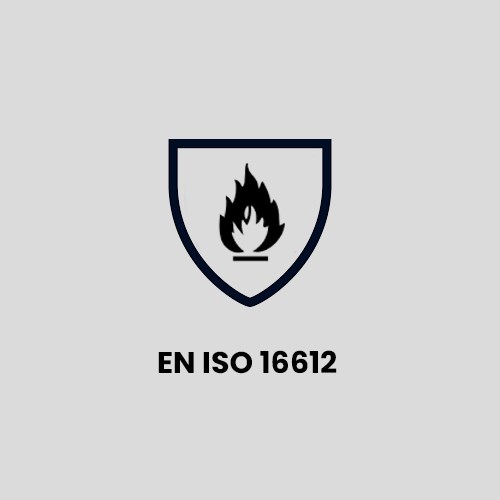
EN ISO 11612: Plagg med denna symbol erbjuder skydd mot olika värmerisker, inklusive lågor, strålningsvärme, konvektionsvärme och stänk av smält metall.
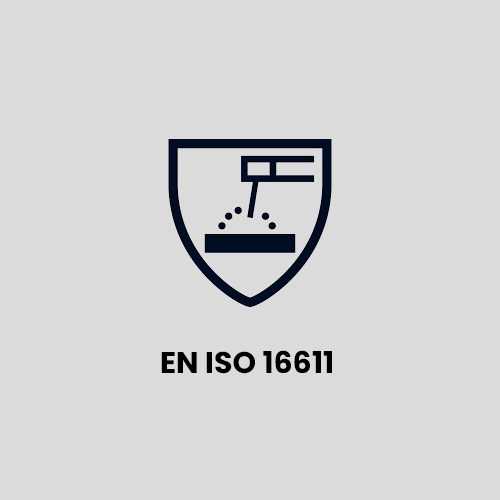
EN ISO 11611: Dessa plagg skyddar bäraren från gnistor, stänk och värme under svetsning, skärning och liknande arbeten.
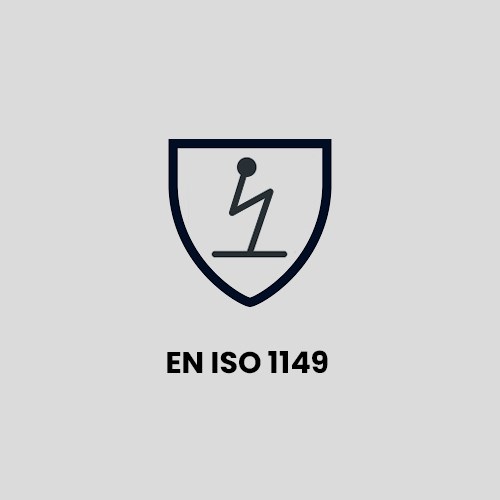
EN ISO 1149: Designad för bärare i miljöer med risk för explosioner (ATEX-miljöer), exempelvis med brännbara gaser eller damm.
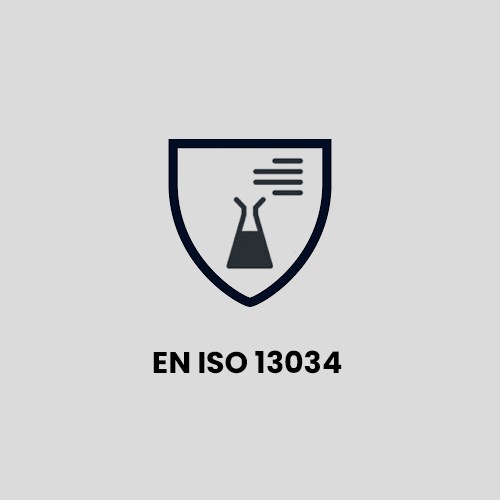
EN 13034: Dessa plagg erbjuder adekvat skydd i olika arbetsmiljöer där vätskekemikalier hanteras.
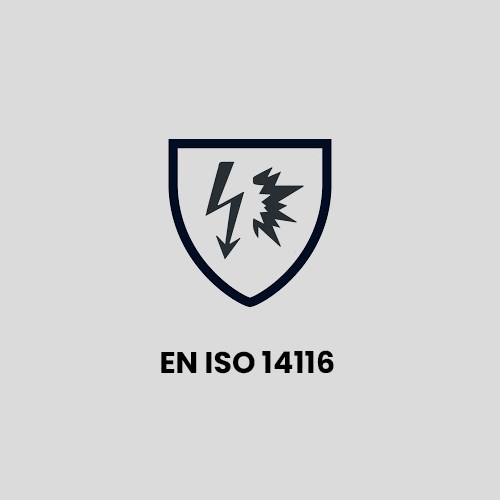
IEC 61482-1-2: Syftar till att minska risken för brännskador och skador från ljusbågar.
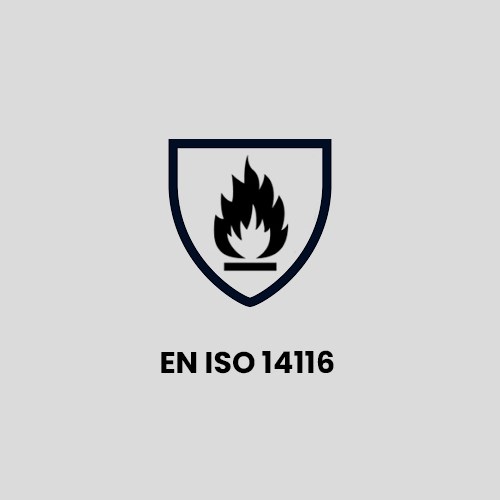
EN ISO 14116: Avsedd att skydda arbetare från kortvarig kontakt med små lågor och förhindra lågors spridning.
ASTM F1959/F1959M
ASTM F1959/F1959M: Även om den inte har en specifik symbol, refereras denna standard direkt för skyddskläder mot elektrisk ljusbåge, ofta nämnd tillsammans med ATPV-värdet (Arc Thermal Performance Value) och/eller HAF-procenten (Heat Attenuation Factor).



